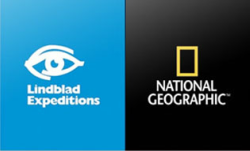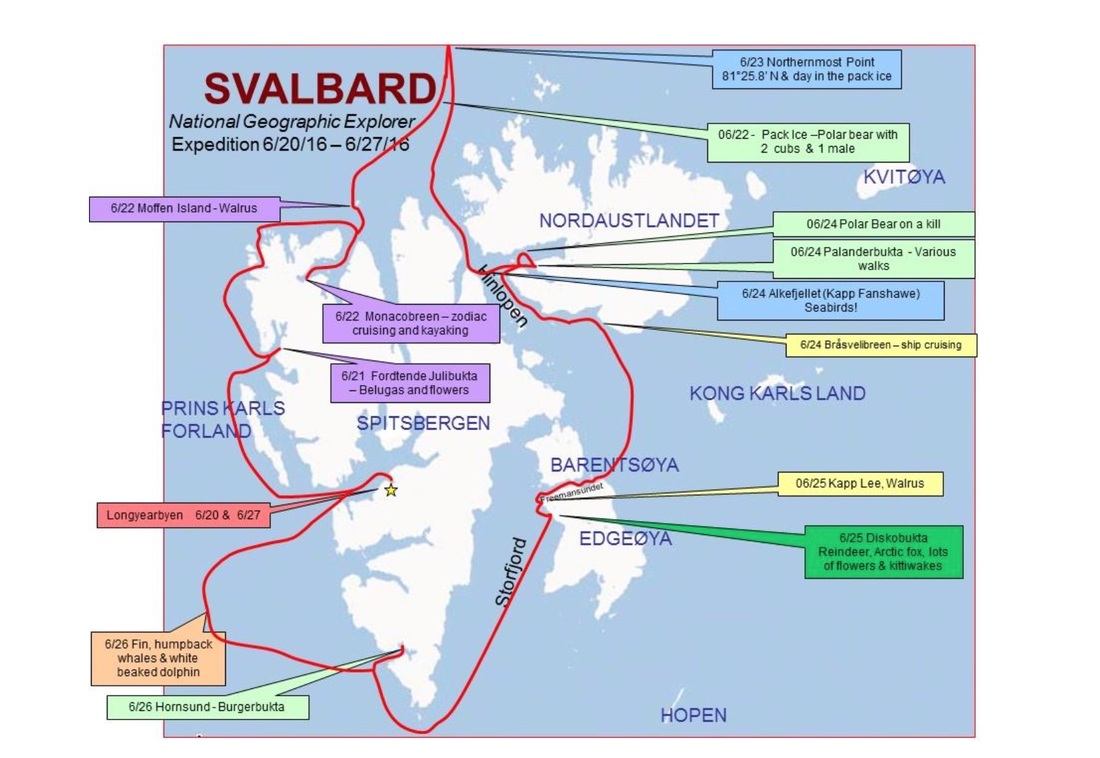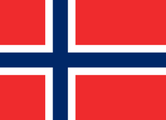|
The Svalbard is a Norwegian archipelago in the Arctic Ocean. Svalbard means 'cold barren land'. The largest island is Spitsbergen, but all of the islands are known as the Svalbard. It is made up of 4 main islands and 5 lesser islands. The islands were a whaling base in the 17th and 18th centuries and were also used for coal mining.
Svalbard is a breeding ground for many sea birds, and also features polar bears, Arctic foxes, reindeer, and whales. The Arctic is 5% of the world's total surface. Glacial ice covers 60% of the Svalbard; 30% is barren rock and 10% is vegetated. The Arctic Ocean is the world's smallest ocean. Fact: We owe the name Arctic to the Greek philosopher Aristotle There are 8 Arctic states: Canada, Greenland, Finland, Iceland, Norway, Russia, Sweden and the US |
Population: 2,642 (The population of the Arctic as a whole is 4 million)
Capital: Longyearbyen Sovereign State: Norway Currency: Norwegian Krone Industry: tourism, coal mining, research |



